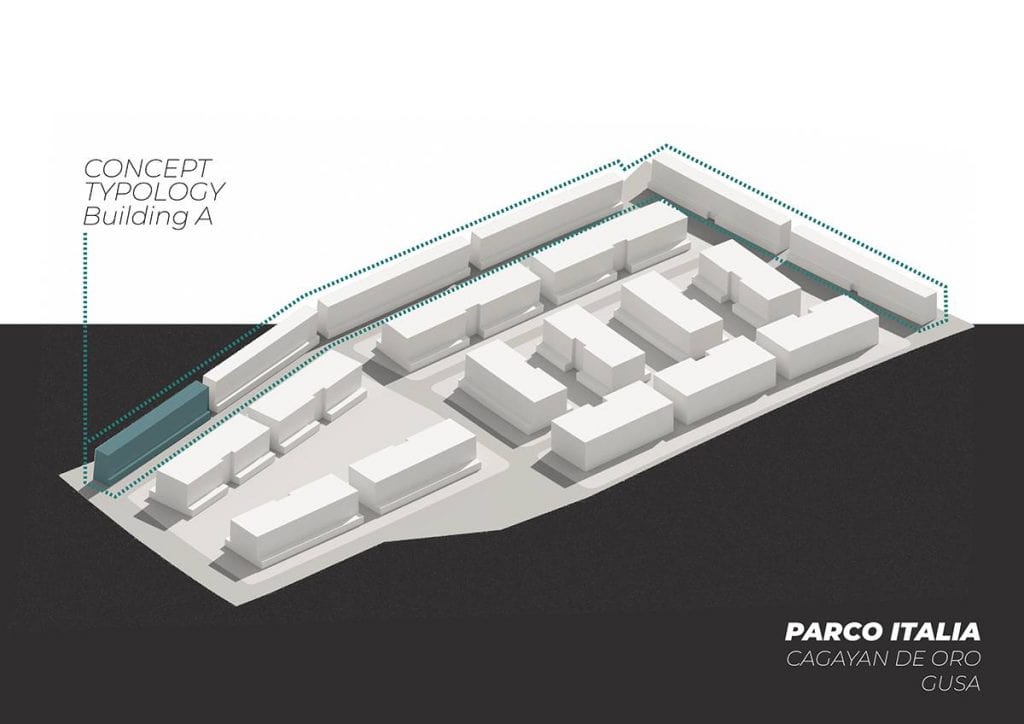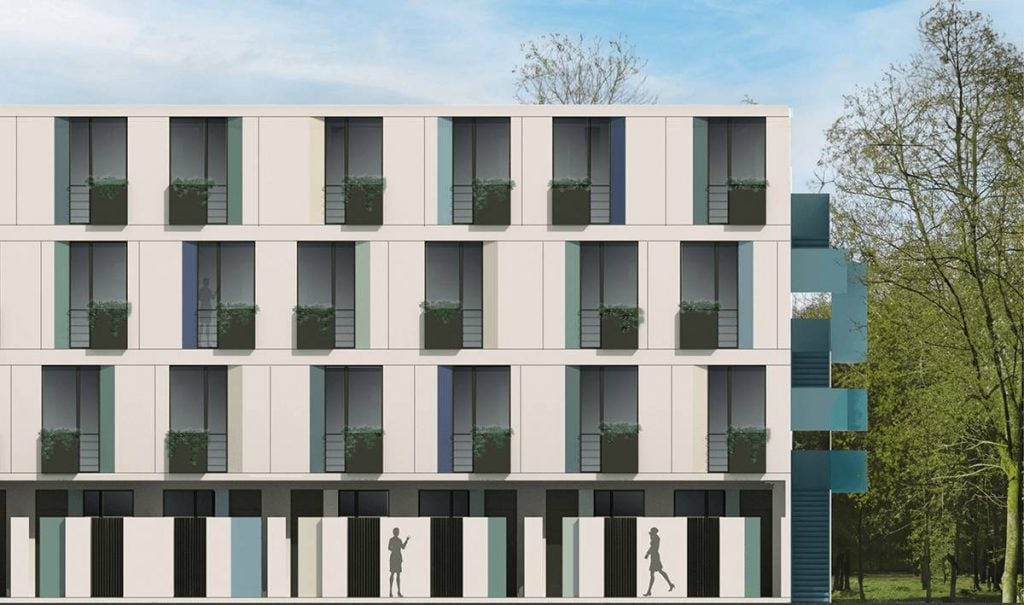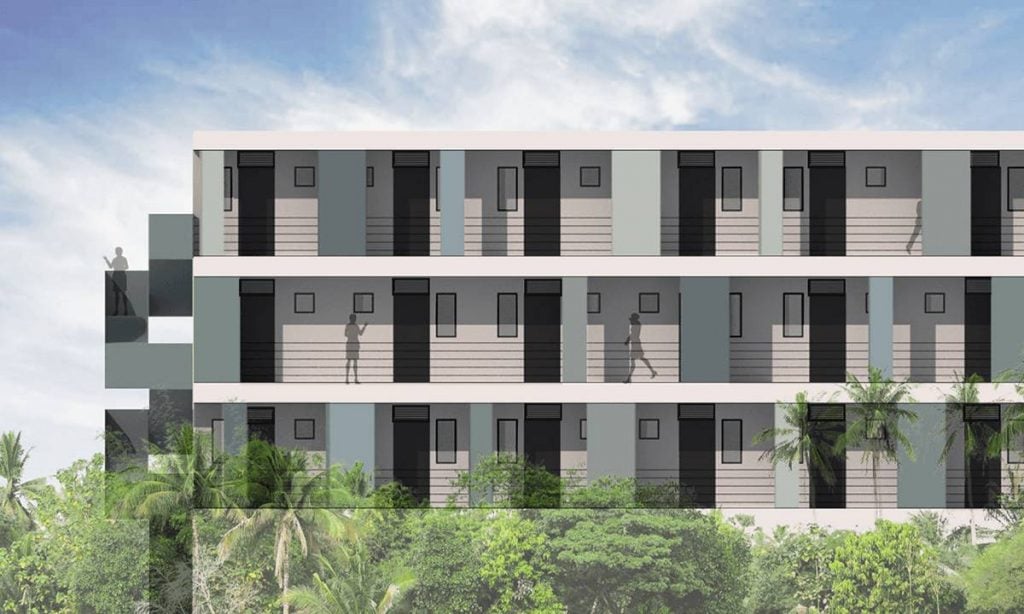I was invited to the 6th Hospitality Philippines Conference recently at the Marriott Hotel in Pasay City, where I took part in a panel discussion on hotel investment and development. Together with my fellow subject matter experts, we delved on the topic “Environmental, Social, and Governance (ESG) on the Go: Navigating Construction Challenges and Integrating Sustainability into Hospitality Design and Project Management.”
Hospitality Asia, the conference organizer, had Italpinas Development Corporation (IDC) as event partner. We are truly honored to have contributed to the success of this highly anticipated gathering, which is one of the most influential conference brands for tourism and lodging industry insiders.
As a panelist, I shared our experiences at IDC on ESG in the hospitality industry and highlighted the importance of incorporating green designs in every property development.

Although our company has existed for more than a decade now, I can say that IDC is relatively a new participant in the tourism and hospitality sector. While we are into sustainable mixed use community development projects in Mindanao and Luzon, it is only very recently that our company has ventured in the hotel business. Thanks to Ascott Ltd. for choosing us in bringing the Citadines brand to Sto. Tomas City in Batangas, and to Cagayan de Oro City through our Miramonti and Primavera City projects, respectively, where they will manage a certain number of units as serviced apartments.
Now that the worst is over in so far as COVID-19 is concerned, I am excited to see what the future holds for tourism and the hospitality sector globally. The Philippines, which is strategically located in the heart of Asia and the Pacific, has a lot of potentials in making it as top destination in Asia through its “Love the Philippines” campaign.

According to the Department of Tourism (DOT), a total of 2.6 million tourists arrived in the Philippines in 2022. Certainly, the country can do better. Of the number, only 1,487,343 (73.43%) were foreign tourists, while 538,078 (26.57%) were overseas Filipinos or balik-bayan. Meanwhile, Thailand has over 11 million international tourists flocking to Bangkok, and other places such as Pattaya, China Mai, and Phuket last year.
Bringing in more foreign tourists to the country is not an impossible task. Good thing the government has prioritized to modernize major airports and seaports and build more roads that will make major tourist spots more accessible to foreign visitors. Complementary to these efforts should also be the construction of world-class resorts and facilities that blend in with nature to preserve the natural beauty of the country’s unique destinations.

And this is where property developers, like IDC, can make a difference. As a long-time advocate of sustainable development, Italpinas is more than willing to share its best practices with our colleagues in the industry and the government to make a clean and green Philippines.
Incidentally, I was in Boracay last Sept. 1 to speak at the Affordable Housing Summit 2023 arranged by the Organization of Socialized and Economic Housing Developers Philippines (OSHDP). No doubt, it remains the country’s top tourist attraction as it has been adjudged several times as one of the world’s best beaches.
Last year, the paradise island was hailed as the Top Island in Asia in the prestigious Condé Nast Traveler (CNT) Readers’ Choice Awards. The place is now much cleaner and, hopefully, greener—thanks to the rehabilitation of the island back in 2018 when it was closed for six months as ordered by President Rodrigo Duterte. A lot of work still needs to be done to retain its natural beauty. Hopefully, the construction and management of resorts as well as other tourism facilities will adhere to the strict environmental regulations to ensure that these structures blend well with the nature.
‘Raise 1 Up, Raise Up Juan’
Going back to the Housing Summit, it was attended by representatives from both the private and government sector. In line with the Pambansang Pabahay para sa Pilipino Program (4PH) of the Marcos administration, this year’s theme was “Raise 1 Up, Raise Juan Up.” The event brought together influential policymakers, government leaders, and renowned experts from the real estate industry to foster collaboration in resolving the housing backlog in the Philippines.
The gathering served as a platform for meaningful conversations, addressing pressing issues, and exploring groundbreaking solutions that have profound impact on the dynamic realm of the housing sector.
I had the honor of sitting with Architects Felino “Jun” Palafox and Cathy Saldaña during a panel talk revolving around Urban Transformation for Sustainability. We concurred that it is, indeed, a challenge to merge economic, environmental, and social factors into the context of designing for low-cost residential projects.
I, however, shared that IDC has been mastering its expertise in using state-of-the-art tools to turn analysis and data into contemporary Italian design that is grounded on sustainability. And we make these available to all socio-economic brackets without sacrificing all the elements of green development. Regardless of social status, everyone deserves to have a beautiful and sustainable house.
IDC has already an existing project that caters to the economic market with its Verona Green Residences, the low-rise walk-up condo development located in Upper Balulang, Cagayan de Oro City.
At present, Italpinas is assessing the possibility of the company eventually going into socialized housing to reach more socio-economic classes, not only in the current places where we operate but in the emerging megacities such as Metro Cebu, Metro Clark, Puerto Princesa City and Baguio City, among others.
Under the 4PH program, President Marcos intends to construct at least one million housing units annually for the next five years of his term. We are excited with all the possibilities and at the same time, we remain committed to do our share in helping the government in filling up the housing gap, which currently stands at 6.5 million.
My dream is that these houses will not only be built but they will also be sustainable. Otherwise, we will solve a “housing” problem but we will create another problem—a “negative environmental impact.”
With all hands on deck, the Philippines has the chance to become a role model in mass housing development in a sustainable way that will benefit the investors, community and the environment.
